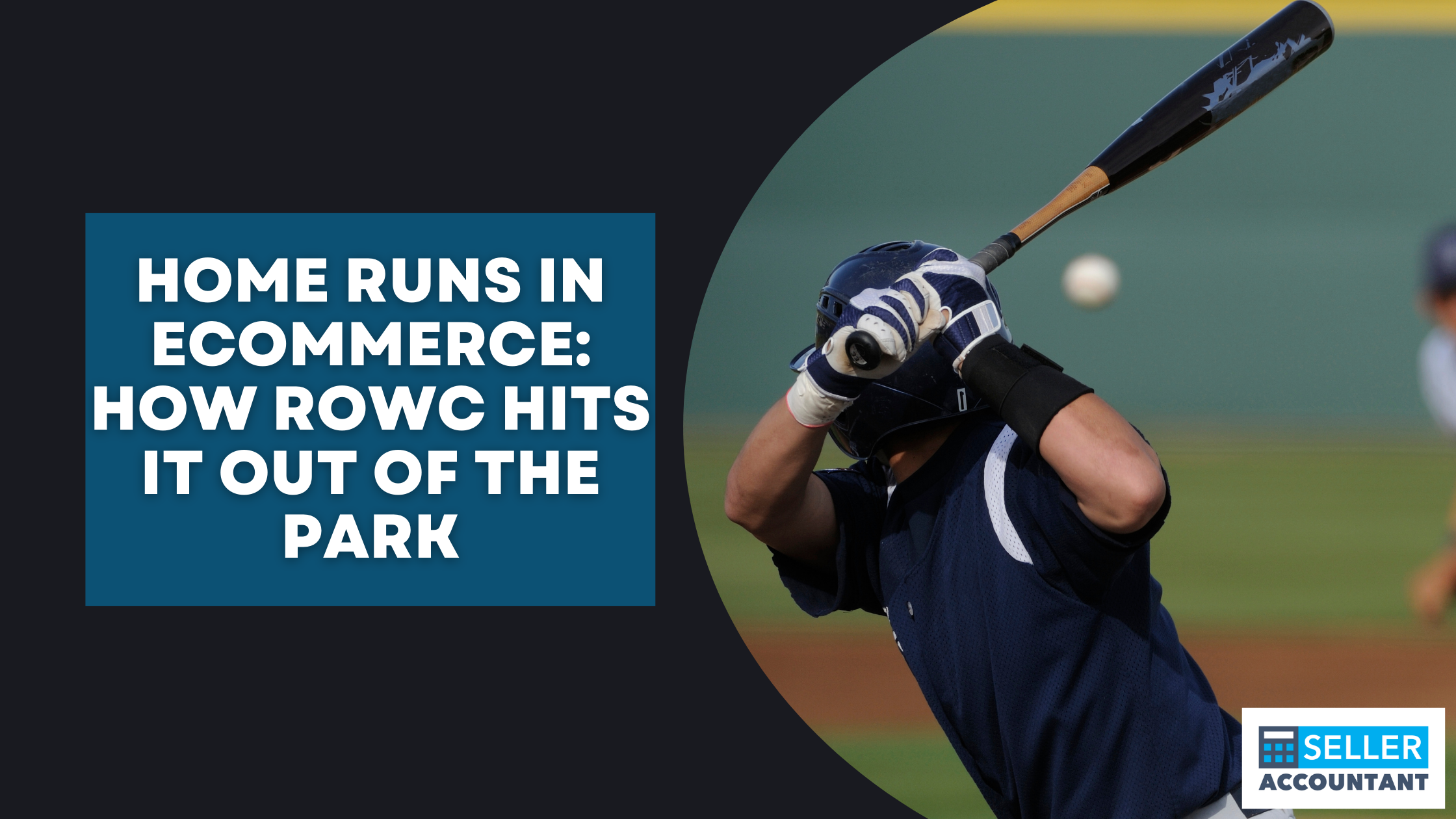In today’s installment, we’ll dive into a crucial concept known as Return on Working Capital (ROWC) and explore how it can revolutionize your ecommerce business’ profitability. We’re thrilled to share this valuable knowledge as we wrap up our KPI (Key Performance Indicators) blog series.
Understanding the Power of ROWC
In the previous blog posts, we delved into key performance indicators like Post Advertising Gross Profit (PAG) and Cost of Goods Sold plus Advertising Load (CAL). These metrics laid the foundation for today’s discussion on ROWC, a metric that holds the key to managing your ecommerce profitability effectively.
The Batting Average Analogy
To grasp the concept of ROWC, let’s draw parallels with baseball. Just as a baseball player’s batting average measures their expected success rate at the plate, ROWC reflects your success in managing your ecommerce product portfolio. If you have a low PAG (profitability) but a fast cash cycle (high inventory turnover), it’s similar to a baseball player with a low batting average but many at-bats. This indicates that your business is efficiently reusing capital and turning inventory, even if each sale contributes only a small amount to your profit.
The Real Estate Comparison
Another way to view ROWC is through the lens of real estate investment. Imagine you and a partner buy a property for $1 million and earn a profit of $1 million in a year. You’d be ecstatic because you achieved a 100% return on your investment. However, if you invested $100 million for the same $1 million profit, your return on investment would be considerably lower. The takeaway is that more than profitability is needed; you must consider how efficiently you utilize your capital.
Calculating ROWC
ROWC is calculated by dividing your annual profit by the amount of cash tied up in inventory. This metric quantifies how effectively you utilize your working capital to generate profits. It’s important to note that improving your business can involve either increasing profitability or accelerating your cash flow. You have two avenues to enhance your ecommerce success.
Practical Steps to Boost ROWC
If you find that your ROWC isn’t where you want it to be due to slow inventory turnover, there are practical steps you can take to improve it:
- Strengthen supplier relationships to negotiate lower Minimum Order Quantities (MOQs).
- Delay payments to suppliers to retain your cash longer.
- Identify and liquidate underperforming SKUs to free up capital for better investments.
Conclusion
Return on Working Capital (ROWC) is a powerful metric that can elevate your ecommerce business’ profitability and efficiency. Remember that you have two levers to pull: improving profitability and accelerating cash flow. As you apply these principles to your business, you’ll see how they can significantly impact your bottom line.
As we conclude our exploration of ROWC, it’s worth mentioning Eli Goldratt’s influential work, The Goal. This book offers profound insights into the theory of constraints, providing a framework to optimize processes and enhance your business’ profitability. The Goal is a must-read resource to deepen your understanding of these principles.
Ready to harness the full potential of your working capital? Contact Seller Accountant today, and let’s embark on a journey to unlock your ecommerce profitability. Don’t miss out on this opportunity to revolutionize your business – reach out now and watch your ecommerce venture thrive!

